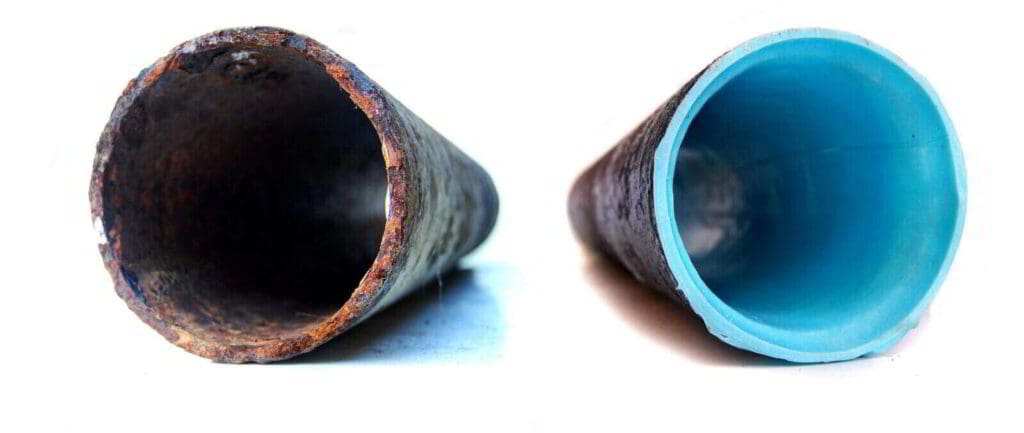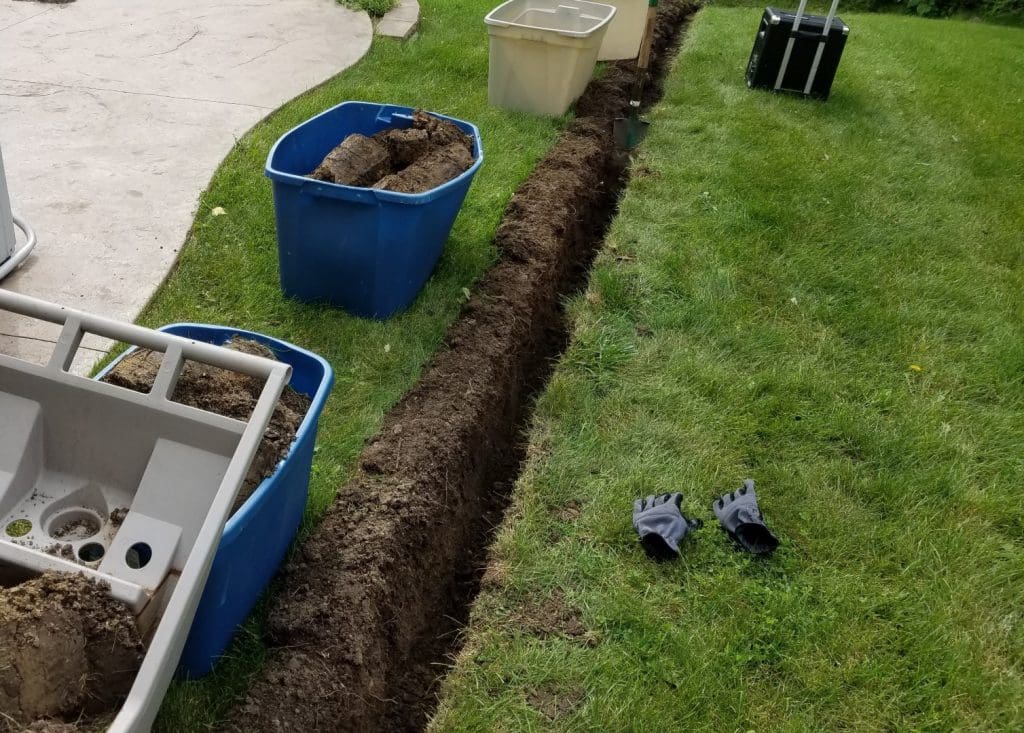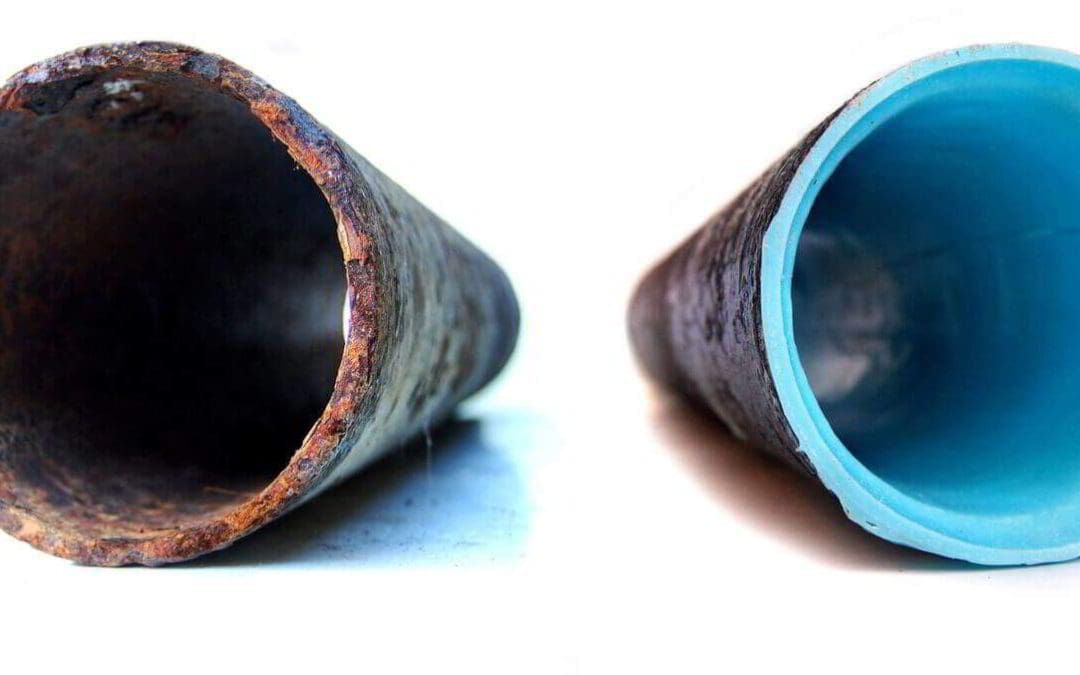When it comes to maintaining the infrastructure of our homes, pipe repair might not be the first thing that comes to mind, yet it’s a vital aspect of preserving both comfort and value. For homeowners dealing with cracked, broken, or aging pipes, the traditional remedy often involves significant excavation and hefty bills. However, there’s a pipeline revolution underway in the form of Cure-In-Place Pipe (CIPP) lining – a technology making waves with its promise of a less invasive, cost-effective solution to a very messy problem.

In this comprehensive exploration, we aim to demystify CIPP lining for homeowners who are facing pipe issues and wondering if there’s a better way. Our goal is to unravel the benefits of CIPP lining, compare them with traditional methods, and ultimately empower you to make informed decisions for your home’s plumbing needs.
Benefits for Homeowners
For the uninitiated, CIPP lining involves inserting an epoxy-saturated liner into the existing pipe, which is then inflated and cured in place using heat or ultraviolet light to form a new pipe within the old one. This alone carries multiple perks making it a compelling choice for homeowners:
Cost-effectiveness
The financial advantage of CIPP lining is hard to ignore. With traditional pipe replacement, the costs can quickly escalate due to the extensive labor and raw material requirements, especially in cases where excavation is necessary. In contrast, CIPP lining typically requires less manpower and eliminates the need for disturbing your property, which can translate into significant savings.
Minimal Disruption During Installation
CIPP lining offers a streamlined process that’s far less disruptive than its traditional counterpart. No trenches in your yard, no significant downtime, and in many cases, residents can continue with their daily activities unaffected while the work is being done. This benefit alone can make CIPP lining particularly appealing for households with young children or busy professionals.

Long-Term Durability
CIPP-lining-treated pipes are designed to last. The durable epoxy material used forms a seamless, joint-free pipe within the existing structure, which not only guards against future leaks but also can add structural integrity to deteriorating pipes. This long-term approach to pipe repair ensures that your plumbing will be robust for years to come.
Comparison with Traditional Pipe Repair Methods
To truly understand the value of CIPP lining, it’s useful to compare it with traditional repair methods that have long governed the pipeline repair industry.
Cost Comparison
The economic benefits of CIPP lining become evident when stacked against traditional pipe replacement costs. In addition to the labor and material savings, homeowners often avoid additional expenses associated with restoring landscape, sidewalks, or driveways disturbed during the pipe replacement.
Time Savings
Traditional pipe replacements can be time-consuming, requiring days or even weeks to complete. Contrast this with CIPP lining, which can often be installed in a fraction of the time.
Environmental Impact
CIPP lining is an eco-friendly solution that reduces the carbon footprint typically left by heavy excavation machinery and the transportation of new pipe materials. By repurposing the existing pipe structure, CIPP lining contributes to a more sustainable approach to home maintenance.
Conclusion
If you’re a homeowner facing the daunting prospect of pipe repair, it might be time to consider CIPP lining as a potential solution. With its cost-effectiveness, minimal disruption, and long-term durability, this innovative technology is changing the landscape of pipe repair.
We encourage homeowners and property managers alike to explore CIPP lining as a viable option for their pipe repair needs. Contact a professional service for a consultation today, and discover how this modern approach to pipe maintenance could benefit you and your home.
Remember, when it comes to the inner workings of your house, staying informed is staying proactive. And in the case of pipes, proactive can mean the difference between a minor repair and a major headache.
